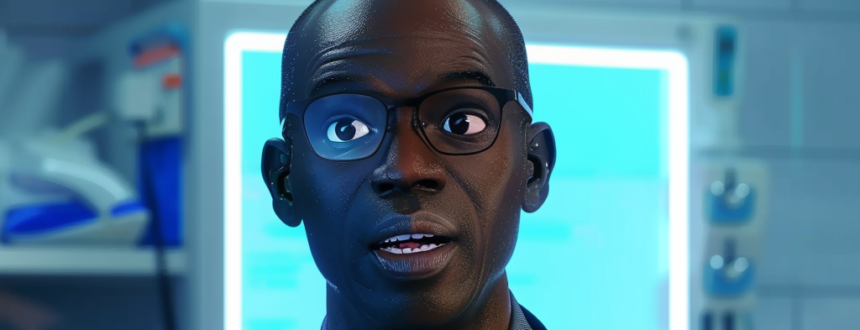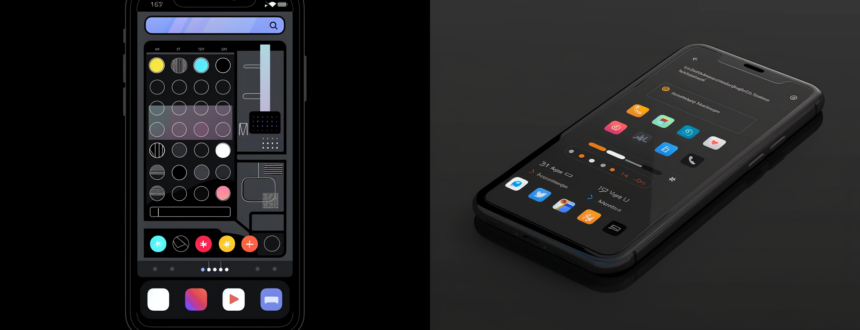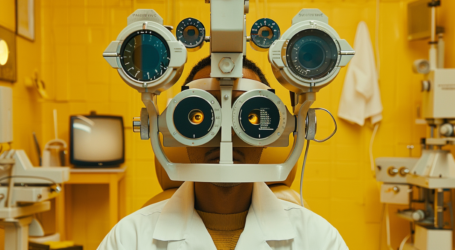5 Effective Strategies to Shield Your Eyes from Blue Light Damage
In our increasingly digital world, exposure to screens has become unavoidable. Smartphones, computers, tablets, and televisions are now integral to our daily routines. However, these devices emit blue light, a high-energy visible (HEV) light that can contribute to various eye health issues. From digital eye strain to potential long-term retinal damage, the impacts of blue light are significant. Protecting your eyes from blue light is crucial for maintaining optimal eye health. Here are five effective strategies to shield your eyes from blue light damage.
1. Use Blue Light Filters
One of the most straightforward methods to protect your eyes from blue light is by using blue light filters. These filters are available for various screens, including smartphones, tablets, and computer monitors. They reduce the amount of blue light reaching your eyes, thereby minimizing potential damage.
Screen Protectors and Apps
For smartphones and tablets, screen protectors designed to filter out blue light can be easily applied. Many devices also offer built-in blue light filter settings, such as Apple’s “Night Shift” and Android’s “Night Mode,” which adjust the screen’s color temperature to reduce blue light emission during evening hours.
Computer Glasses
Computer glasses with specially coated lenses that filter out blue light and reduce glare are another effective solution. Available in both prescription and non-prescription options, these glasses can alleviate digital eye strain and provide protection during extended screen use.
2. Adjust Screen Settings
Tweaking your screen settings can also help reduce blue light exposure. Most modern devices allow you to adjust the color temperature of the display, making it warmer and less blue-intensive. This adjustment can significantly reduce eye strain and discomfort caused by blue light.
Night Mode and Blue Light Filters
Activating the night mode or blue light filter on your device can be particularly beneficial in the evening. These modes adjust the screen’s color temperature to a warmer tone, reducing the amount of blue light emitted. By using these settings, you can protect your eyes from blue light while still being able to use your devices comfortably.
Brightness and Contrast
Another important aspect of screen settings is brightness and contrast. Keeping your screen brightness at a moderate level, rather than the highest setting, can help reduce eye strain. Similarly, adjusting the contrast to a comfortable level can make it easier to read text and view images without straining your eyes.
3. Follow the 20-20-20 Rule
Prolonged screen time can lead to digital eye strain, which is exacerbated by blue light exposure. The 20-20-20 rule is a simple yet effective strategy to reduce eye strain and protect your eyes from blue light.
What is the 20-20-20 Rule?
The 20-20-20 rule suggests that for every 20 minutes spent looking at a screen, you should take a 20-second break and look at something 20 feet away. This practice helps relax the eye muscles and reduces the risk of digital eye strain.
Benefits of the 20-20-20 Rule
By incorporating the 20-20-20 rule into your daily routine, you can give your eyes regular breaks from screen time. This not only helps reduce blue light exposure but also promotes overall eye health. Additionally, taking these short breaks can improve productivity and reduce fatigue.
4. Optimize Your Work Environment
Creating an eye-friendly work environment can significantly reduce the negative effects of blue light. By making a few adjustments to your workspace, you can protect your eyes and improve your overall comfort.
Proper Lighting
Ensure that your workspace is well-lit to reduce the contrast between the screen and the surrounding area. Avoid working in a dark room with a bright screen, as this can increase eye strain. Instead, use ambient lighting that is evenly distributed and minimizes glare on your screen.
Screen Position
The position of your screen can also impact eye strain. Place your screen at an arm’s length away from your eyes and ensure that the top of the screen is at or slightly below eye level. This setup allows you to view the screen with a slight downward gaze, which is more comfortable for your eyes.
Ergonomic Workspace
An ergonomic workspace can further reduce eye strain and improve comfort. Use a chair with proper back support, and ensure that your desk and chair height allow for a comfortable posture. Keeping your feet flat on the floor and your wrists straight can also help reduce overall strain.
5. Maintain a Healthy Lifestyle
A healthy lifestyle plays a crucial role in maintaining good eye health. Proper nutrition, hydration, and regular exercise can all contribute to reducing the risk of blue light damage.
Balanced Diet
A diet rich in vitamins and antioxidants is essential for eye health. Foods high in omega-3 fatty acids, such as fish, flaxseeds, and walnuts, can help protect your eyes from damage. Additionally, leafy greens, carrots, and citrus fruits are excellent sources of vitamins A, C, and E, which are important for maintaining healthy vision.
Stay Hydrated
Proper hydration is essential for overall health, including eye health. Drinking enough water helps keep your eyes moist and reduces the risk of dry eyes, which can be exacerbated by prolonged screen time.
Regular Exercise
Regular physical activity promotes overall health and well-being, including eye health. Exercise improves blood circulation, which helps deliver essential nutrients to the eyes. It also reduces the risk of conditions such as diabetes, which can lead to eye problems.
Blue light exposure is an inevitable part of modern life, but there are effective strategies to protect your eyes from its potential damage. By using blue light filters, adjusting screen settings, following the 20-20-20 rule, optimizing your work environment, and maintaining a healthy lifestyle, you can significantly reduce the risk of blue light-related eye problems. Prioritizing eye health is essential for maintaining good vision and overall well-being in the digital age. Implementing these strategies can help you enjoy the benefits of modern technology without compromising your eye health.









